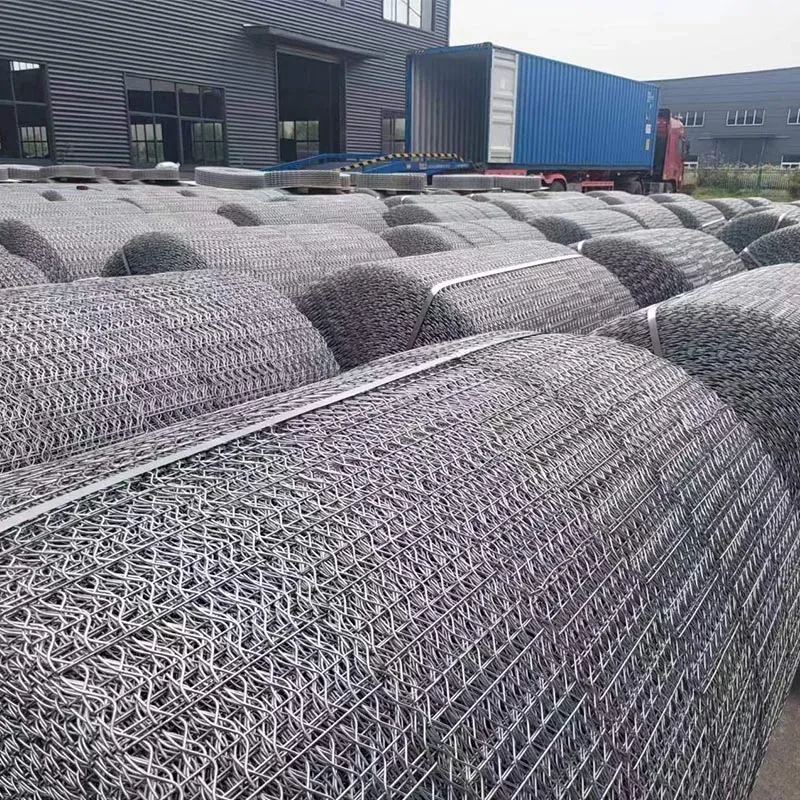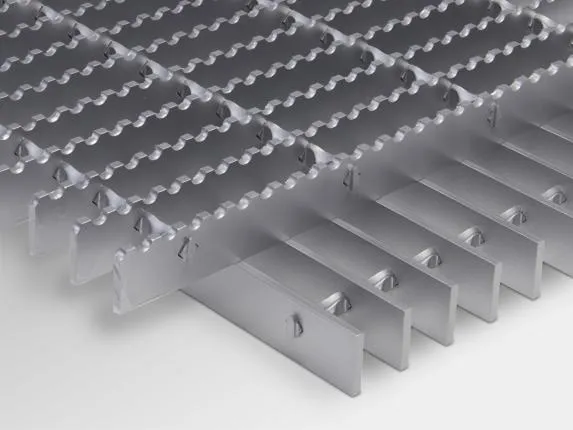- Industrial zone, South of Anping Town, Hengshui, Hebei, China.
- sales@hfpetromesh.com
- +86-18931809706
 Afrikaans
Afrikaans  Albanian
Albanian  Amharic
Amharic  Arabic
Arabic  Armenian
Armenian  Azerbaijani
Azerbaijani  Basque
Basque  Belarusian
Belarusian  Bengali
Bengali  Bosnian
Bosnian  Bulgarian
Bulgarian  Catalan
Catalan  Cebuano
Cebuano  Corsican
Corsican  Croatian
Croatian  Czech
Czech  Danish
Danish  Dutch
Dutch  English
English  Esperanto
Esperanto  Estonian
Estonian  Finnish
Finnish  French
French  Frisian
Frisian  Galician
Galician  Georgian
Georgian  German
German  Greek
Greek  Gujarati
Gujarati  Haitian Creole
Haitian Creole  hausa
hausa  hawaiian
hawaiian  Hebrew
Hebrew  Hindi
Hindi  Miao
Miao  Hungarian
Hungarian  Icelandic
Icelandic  igbo
igbo  Indonesian
Indonesian  irish
irish  Italian
Italian  Japanese
Japanese  Javanese
Javanese  Kannada
Kannada  kazakh
kazakh  Khmer
Khmer  Rwandese
Rwandese  Korean
Korean  Kurdish
Kurdish  Kyrgyz
Kyrgyz  Lao
Lao  Latin
Latin  Latvian
Latvian  Lithuanian
Lithuanian  Luxembourgish
Luxembourgish  Macedonian
Macedonian  Malgashi
Malgashi  Malay
Malay  Malayalam
Malayalam  Maltese
Maltese  Maori
Maori  Marathi
Marathi  Mongolian
Mongolian  Myanmar
Myanmar  Nepali
Nepali  Norwegian
Norwegian  Norwegian
Norwegian  Occitan
Occitan  Pashto
Pashto  Persian
Persian  Polish
Polish  Portuguese
Portuguese  Punjabi
Punjabi  Romanian
Romanian  Russian
Russian  Samoan
Samoan  Scottish Gaelic
Scottish Gaelic  Serbian
Serbian  Sesotho
Sesotho  Shona
Shona  Sindhi
Sindhi  Sinhala
Sinhala  Slovak
Slovak  Slovenian
Slovenian  Somali
Somali  Spanish
Spanish  Sundanese
Sundanese  Swahili
Swahili  Swedish
Swedish  Tagalog
Tagalog  Tajik
Tajik  Tamil
Tamil  Tatar
Tatar  Telugu
Telugu  Thai
Thai  Turkish
Turkish  Turkmen
Turkmen  Ukrainian
Ukrainian  Urdu
Urdu  Uighur
Uighur  Uzbek
Uzbek  Vietnamese
Vietnamese  Welsh
Welsh  Bantu
Bantu  Yiddish
Yiddish  Yoruba
Yoruba  Zulu
Zulu
- Afrikaans
- Albanian
- Amharic
- Arabic
- Armenian
- Azerbaijani
- Basque
- Belarusian
- Bengali
- Bosnian
- Bulgarian
- Catalan
- Cebuano
- Corsican
- Croatian
- Czech
- Danish
- Dutch
- English
- Esperanto
- Estonian
- Finnish
- French
- Frisian
- Galician
- Georgian
- German
- Greek
- Gujarati
- Haitian Creole
- hausa
- hawaiian
- Hebrew
- Hindi
- Miao
- Hungarian
- Icelandic
- igbo
- Indonesian
- irish
- Italian
- Japanese
- Javanese
- Kannada
- kazakh
- Khmer
- Rwandese
- Korean
- Kurdish
- Kyrgyz
- Lao
- Latin
- Latvian
- Lithuanian
- Luxembourgish
- Macedonian
- Malgashi
- Malay
- Malayalam
- Maltese
- Maori
- Marathi
- Mongolian
- Myanmar
- Nepali
- Norwegian
- Norwegian
- Occitan
- Pashto
- Persian
- Polish
- Portuguese
- Punjabi
- Romanian
- Russian
- Samoan
- Scottish Gaelic
- Serbian
- Sesotho
- Shona
- Sindhi
- Sinhala
- Slovak
- Slovenian
- Somali
- Spanish
- Sundanese
- Swahili
- Swedish
- Tagalog
- Tajik
- Tamil
- Tatar
- Telugu
- Thai
- Turkish
- Turkmen
- Ukrainian
- Urdu
- Uighur
- Uzbek
- Vietnamese
- Welsh
- Bantu
- Yiddish
- Yoruba
- Zulu
Februari . 06, 2025 04:35
Back to list
bar grating prices
Navigating the intricate world of bar grating prices requires an understanding that blends industry expertise with market experience. Bar grating, an indispensable component in industrial flooring, walkways, stair treads, and various infrastructure projects, has prices influenced by factors such as material type, size, and the market's ebb and flow. Transcending mere price comparison, let's delve into the depths of what truly dictates the cost of bar grating and how buyers can leverage this knowledge to make informed decisions.
To ensure authoritative decision-making, buyers should seek vendors with a track record of reliability and industry knowledge. Experienced suppliers often provide advice that goes beyond mere price lists, helping clients choose grating that meets both budgetary and functional needs. Trustworthy suppliers also offer transparency regarding pricing structures and available discounts for bulk orders, which can result in significant savings. In terms of building trustworthiness, the procurement of grating should be from companies with certifications and compliance with industry standards, such as ISO certifications, ensuring that the products meet safety and quality benchmarks. Engaging with suppliers that adhere to stringent standards helps avoid costly fixes and potential liability concerns down the line. Expertise extends into understanding the long-term cost implications of bar grating installations. While initial costs may seem substantial, considerations of maintenance, durability, and longevity can alter this perspective. Investing in higher-quality grating with superior materials may result in lower total cost of ownership, as these products often require less maintenance and replacements over time. Moreover, real-world experience can be invaluable. Speaking with those who have recently undertaken similar projects can provide insights into effective cost-saving measures and reputable suppliers. Industry forums, case studies, and customer reviews are excellent resources for gathering this practical knowledge. In conclusion, achieving the most beneficial economic outcome when acquiring bar grating involves a holistic approach that considers material, manufacturing processes, dimensions, market trends, and trusted suppliers. By emphasizing expertise and experience in each of these areas, buyers can make authoritative, trustworthy decisions that align with their project needs and financial goals.


To ensure authoritative decision-making, buyers should seek vendors with a track record of reliability and industry knowledge. Experienced suppliers often provide advice that goes beyond mere price lists, helping clients choose grating that meets both budgetary and functional needs. Trustworthy suppliers also offer transparency regarding pricing structures and available discounts for bulk orders, which can result in significant savings. In terms of building trustworthiness, the procurement of grating should be from companies with certifications and compliance with industry standards, such as ISO certifications, ensuring that the products meet safety and quality benchmarks. Engaging with suppliers that adhere to stringent standards helps avoid costly fixes and potential liability concerns down the line. Expertise extends into understanding the long-term cost implications of bar grating installations. While initial costs may seem substantial, considerations of maintenance, durability, and longevity can alter this perspective. Investing in higher-quality grating with superior materials may result in lower total cost of ownership, as these products often require less maintenance and replacements over time. Moreover, real-world experience can be invaluable. Speaking with those who have recently undertaken similar projects can provide insights into effective cost-saving measures and reputable suppliers. Industry forums, case studies, and customer reviews are excellent resources for gathering this practical knowledge. In conclusion, achieving the most beneficial economic outcome when acquiring bar grating involves a holistic approach that considers material, manufacturing processes, dimensions, market trends, and trusted suppliers. By emphasizing expertise and experience in each of these areas, buyers can make authoritative, trustworthy decisions that align with their project needs and financial goals.
Share
Latest news
-
Welded Steel Bar Grating: The Rugged Industrial Flooring Solution Built for Load and LongevityNewsJun.24,2025
-
Steel Walkway Grating: Reliable, Resilient, and Built for Every StepNewsJun.24,2025
-
Shale Shaker Screen for Sale: Optimize Drilling Efficiency with Precision Screening PowerNewsJun.24,2025
-
Shaker Screen for Sale: Elevate Your Drilling Efficiency with Durable Separation SolutionsNewsJun.24,2025
-
Press Locked Steel Grating: Industrial Strength with Precision Fit for Heavy-Duty ApplicationsNewsJun.24,2025
-
Perimeter Safety Netting: The Critical Safety Upgrade for Every HelipadNewsJun.24,2025